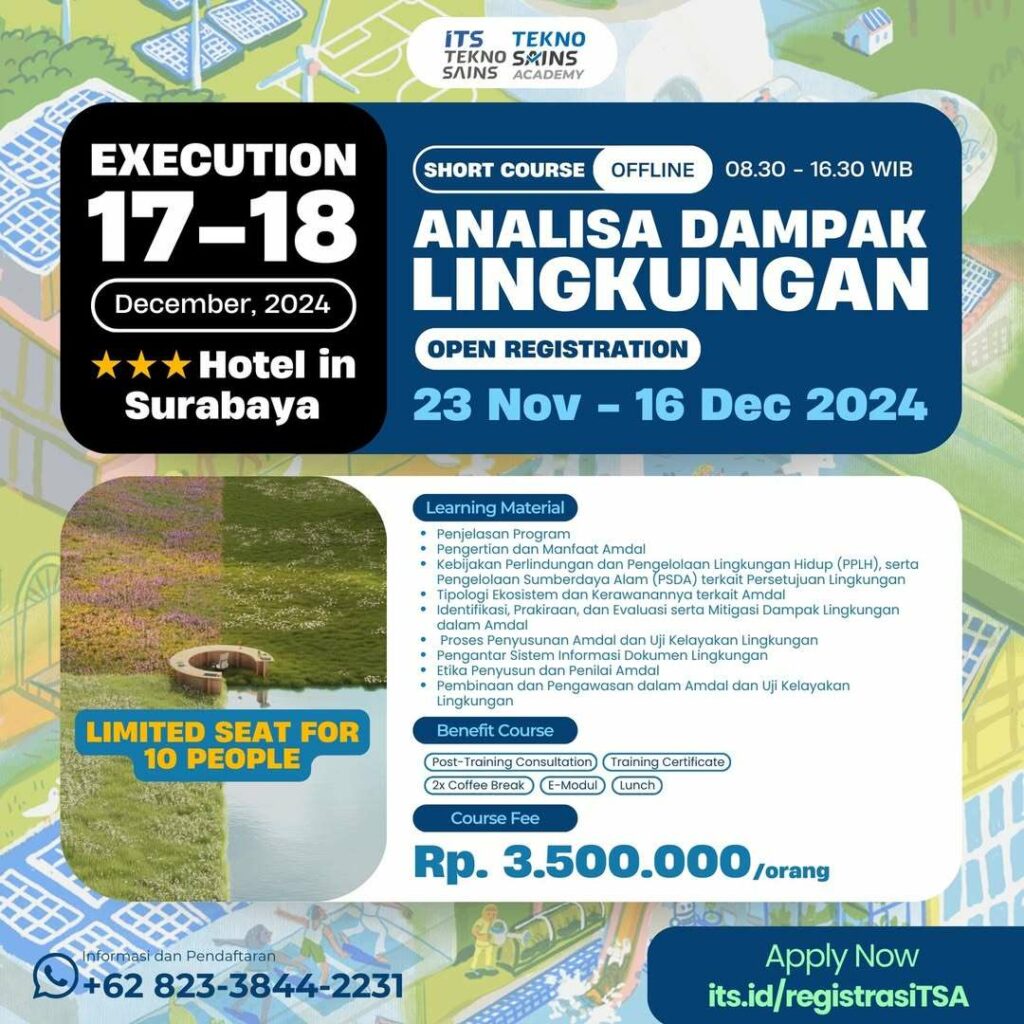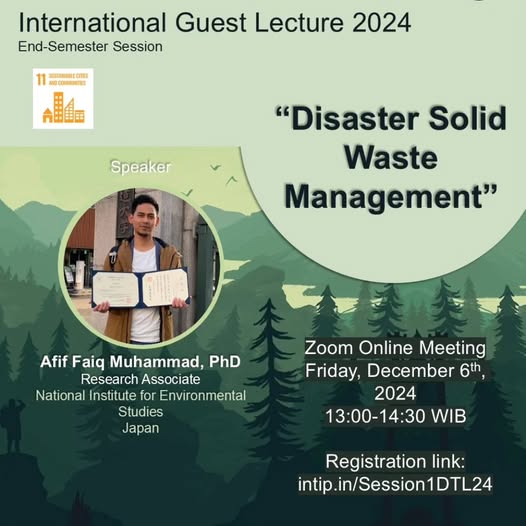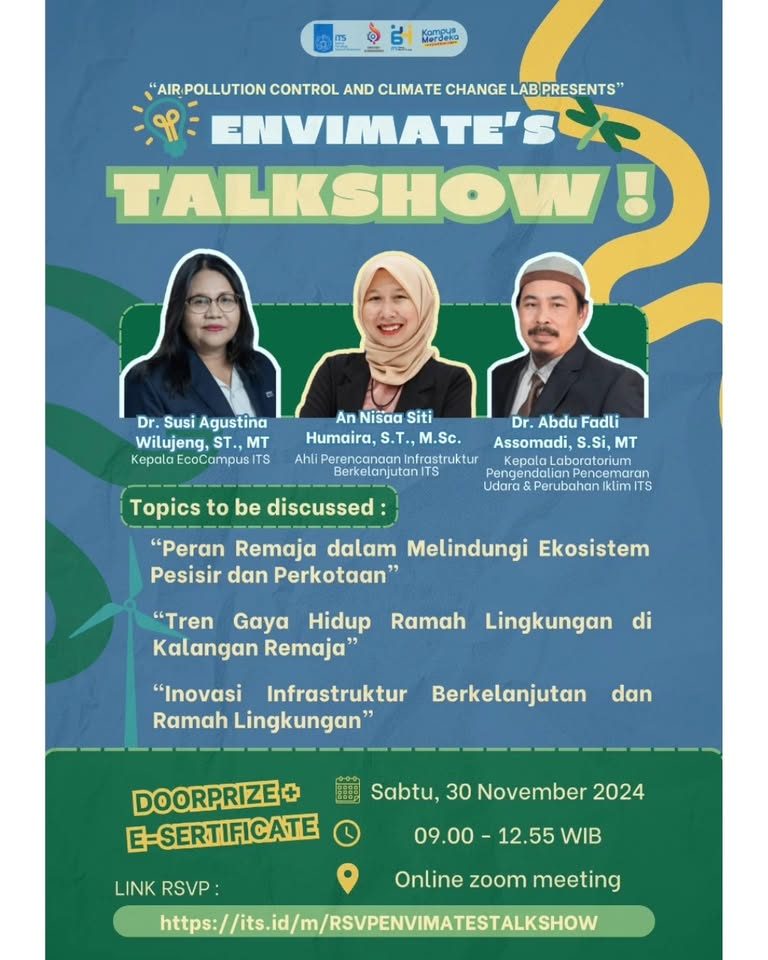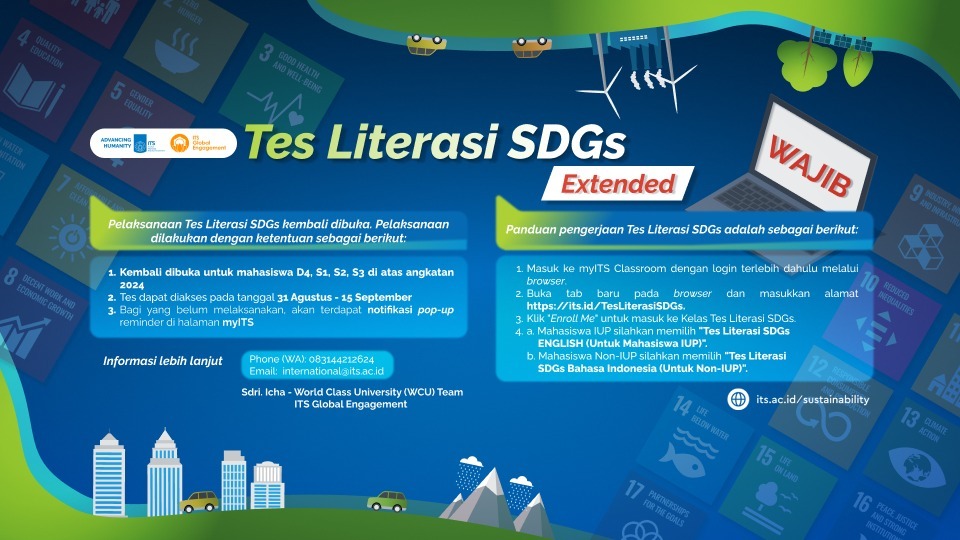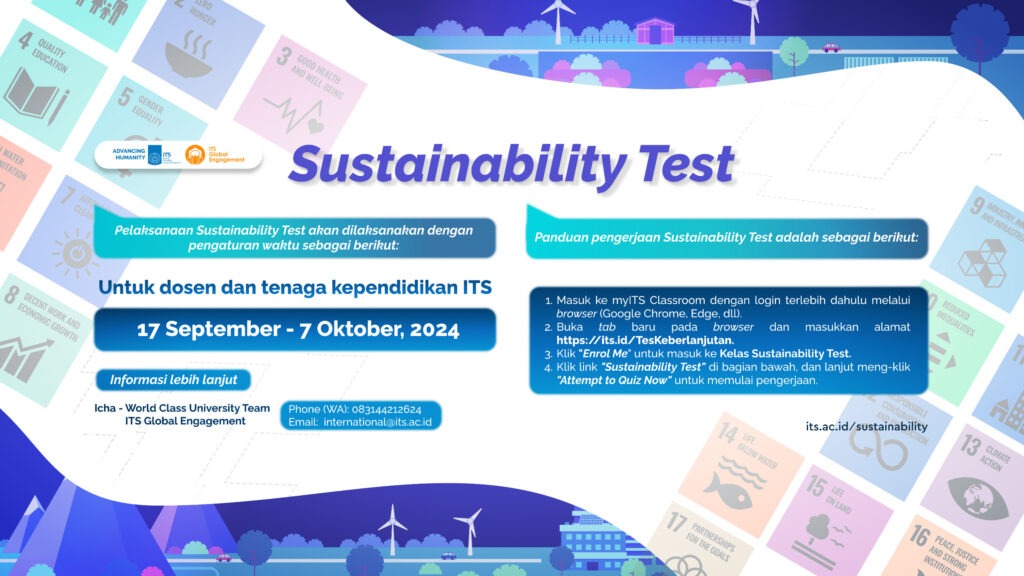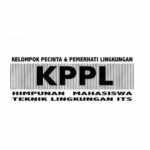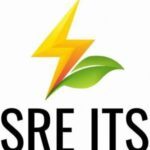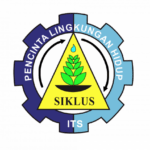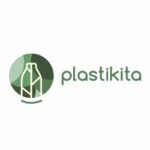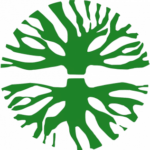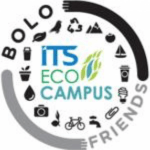ITS Holds the First Literacy Test to Measure Understanding of SDGs
ITS affirms its commitment to realizing the Sustainable Development Goals (SDGs). This commitment is reflected through the implementation of the first SDGs Literacy Test in Indonesia to measure the understanding of sustainability from ITS academics.
World Class University Staff of the Directorate of Global Partnerships (DKG) ITS Fildzah Amalia said that this activity aims to measure the knowledge of ITS academics regarding SDGs. The knowledge is about crucial global issues such as poverty, health, education, and climate change. “This can be an evaluation and contribution of ITS human resources (HR) in realizing SDGs,” continued Icha, her nickname.
Furthermore, Icha said that this test also targets the entire academic community, from students, education staff, to lecturers. According to her, the equalization of this test will create a comprehensive collective understanding of the SDGs in the education community. Starting from this, ITS can prepare globally competent human resources who are able to bring positive changes towards a sustainable earth.
In addition, Icha shared that the test material used was in accordance with the international university ranking standards from the Association for the Advancement of Sustainability in Higher Education (AASHE). The material consisted of 41 questions with details of five demographic profile questions of participants, 30 multiple choice questions, and six essay questions. “By referring to AASHE, it can be ensured that the material is relevant and in accordance with internationally recognized standards,” she said confidently.
The results of this test will be analyzed to determine the level of participants’ understanding of SDGs. Not only that, from the results of the analysis, a mapping of activities that require more focus on SDGs will be carried out. As a follow-up, ITS will design an adjustment curriculum to integrate SDGs into academic and non-academic activities. In addition, it will design a program that focuses on developing SDGs in academic policies at ITS.
As part of continuous improvement efforts, Icha said that this test is an important step for ITS to contribute to global issues. It can encourage innovation and academic excellence in the national and international arenas. “Hopefully this test can also form people who are globally oriented and ready to develop skills and achievements at an international level,” concluded Icha.
